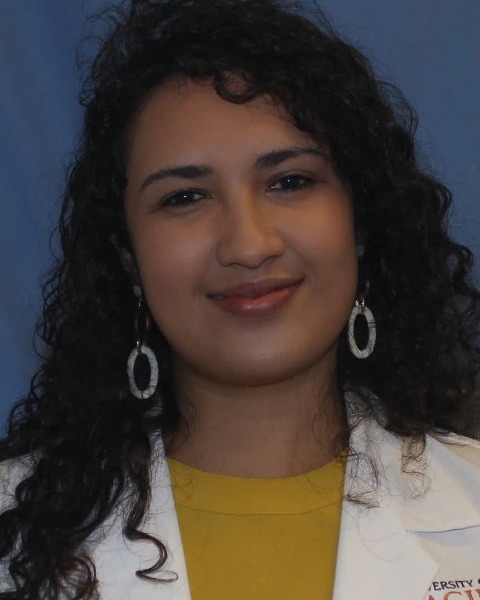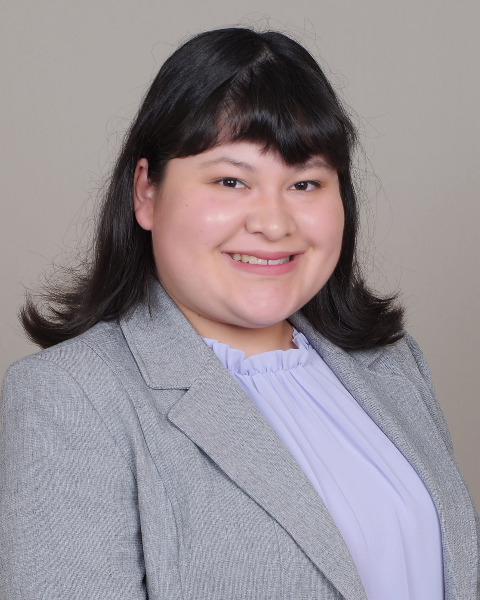Research (R)
(PP1328) Increasing the Awareness and Identification of Musical Hallucinations

Juliana L. Velasquez, AuD Student
Student Doctor of Audiology
University of the Pacific
San Francisco, California, United States
Fabiola Alvarez, AuD Student
Student Doctor of Audiology
University of the Pacific
San Francisco, California, United States
Alyssa N. Carrillo
Student
University of the Pacific
Daly City, California, United States- JH
Jiong Hu
Assistant Professor
University of the Pacific
San Francisco, California, United States - CT
Lead Presenter(s)
Presenter(s)
Contributor(s)
Summary:
This research paper explores the topic area of musical hallucinations to promote both the awareness and identification of musical hallucinations in an underrepresented population. Current research on musical hallucinations is very variable and scarce, which is a great disadvantage to those who struggle with it. Due to this, many times patients express feelings of fear, unease, and isolation since musical hallucinations are not very common. This paper discusses and explains the importance of musical hallucinations within the population, as well as touches on the reappearing patterns that the population currently faces including stigma within mental health. Our research questions aim to answer whether a description of musical hallucinations would result in an increased awareness of the pathology and whether the addition of musical hallucination-based questions during a case history/intake form result in an increase of patients being identified with said pathology. For our research questions we developed two hypotheses, the first stating that adding a description of musical hallucinations to our intake form will increase the awareness of musical hallucinations and the second stating that adding a description of musical hallucinations to the intake form will increase the amount of people identified with musical hallucinations. A descriptive research survey was conducted using interval data and the Wilcoxon Signed Ranked Test. Awareness and identification of musical hallucinations from patient responses via the intake form were examined pre and post the description of musical hallucinations. There consisted a total of 30 participant preliminary survey data in which participants are planned to be recruited through local clinics around the bay area in the future. All participants had an increased awareness of musical hallucinations before reading the description and only a small group of participants were identified to experience musical hallucinations. Although there was not a significance found in identification, there was significance found in awareness (p< .00001). A significant increase in awareness may potentially increase identification overtime. Keeping in mind that the results from identification may have been impacted due to area, diversity, and the uncommoness of the pathology itself. The results indicated that many are not aware of musical hallucination and that a description of it does increase awareness which may lead to an increase of identification overtime which is vital in continued research among the topic to find methods of management and decrease the stigma of musical hallucinations.
Learning Objectives:
- Upon completion of this session, the participant will be able to define and identify musical hallucinations.
